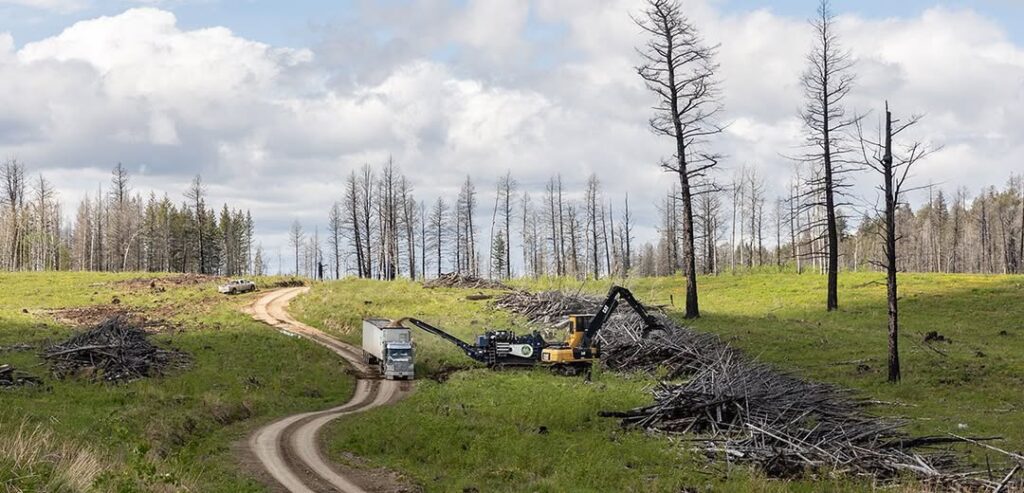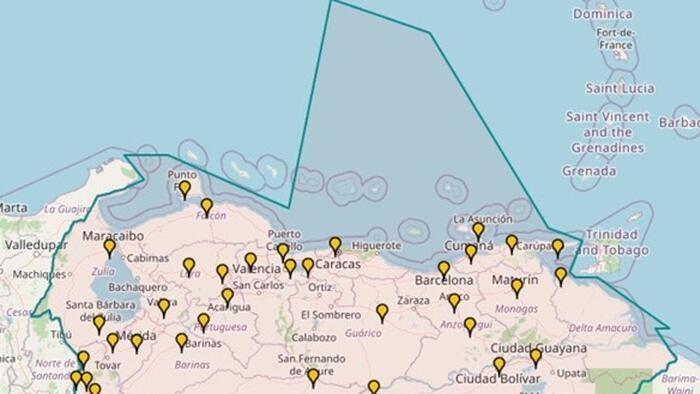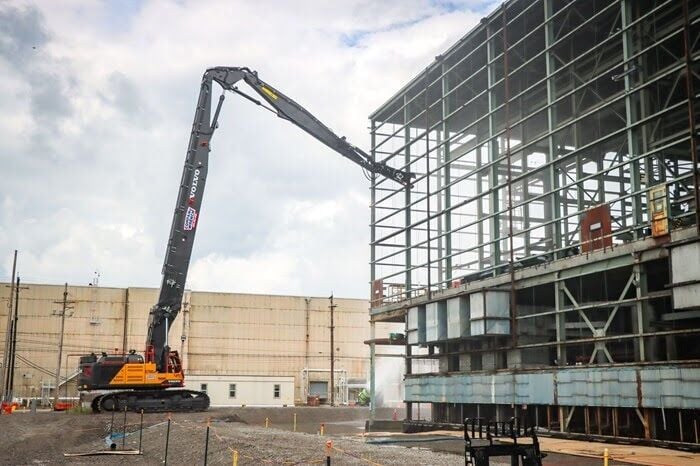Massive logging near the author’s childhood home left acres of forest bare in a matter of days. While the clear-cutting was heartbreaking to watch, it may ultimately create conditions that improve hunting opportunities over time.
Logging can lead to better hunting

Key Takeaways:
- Logging can dramatically reshape a forest in days
- The author’s firsthand experience highlights the emotional toll of clear-cutting
- Clear-cutting appears destructive but can foster better habitats for wildlife
- Hunting prospects may improve as forests regenerate
- Forest recovery requires patience and may span decades
Introduction
When I first started hunting, a massive amount of logging took place in the woods behind our home. In just a few days, acres of lush forest were reduced to mostly bare land, with only a handful of trees left standing. It was difficult to witness such a dramatic transformation in a place that once felt timeless.
A Personal Connection
I grew up exploring those woods, finding my sense of adventure and connection to nature among the tall trees. Seeing them vanish so suddenly was, in many ways, a personal loss. The memory of towering trunks and dense foliage stood in stark contrast to the stark landscape that replaced it.
Potential for Better Hunting
Despite the initial shock, the passage of time can bring an unexpected benefit: improved conditions for hunting. Clear-cut areas often regrow with fresh vegetation that can attract and sustain wildlife. While the forest still appears barren, there’s a sense of cautious optimism that the reemergence of these woods will ultimately foster a richer habitat for game.
Looking Ahead
Although the landscape might take a generation or more to resemble the forest I once knew, it will not remain empty forever. Nature, given enough time, has a remarkable way of recovering. For those of us who cherish both the woods and the hunt, patience is key—and the promise of a thriving woodland ecosystem is worth the wait.











